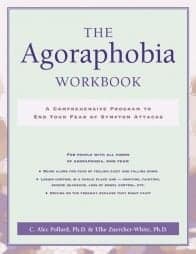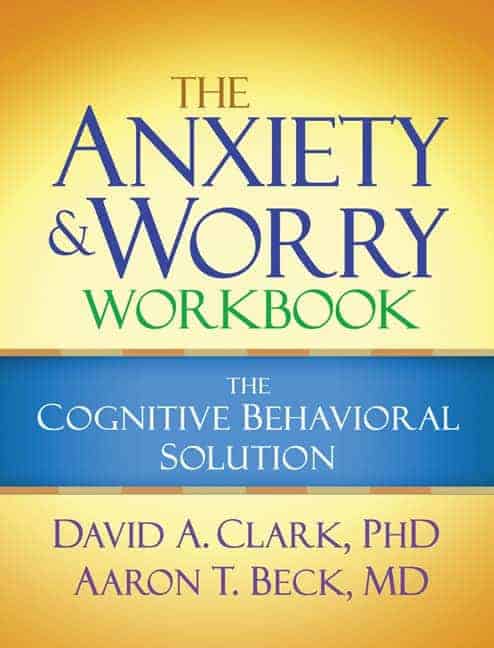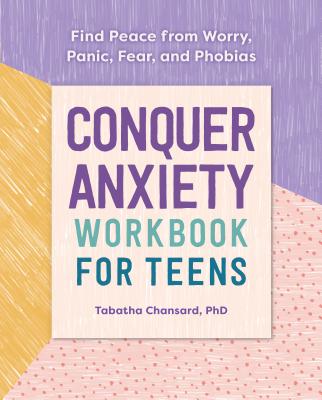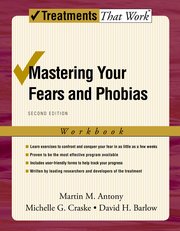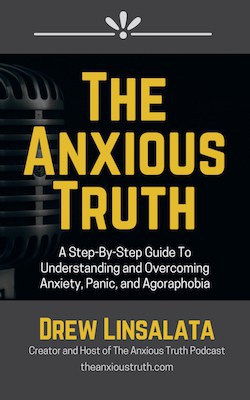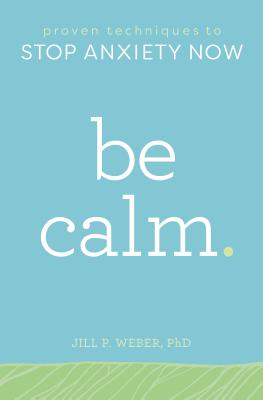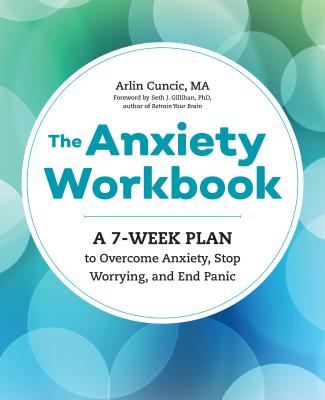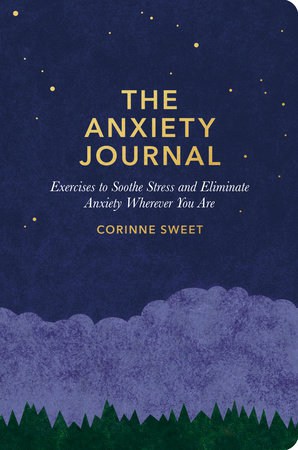Mental Health and Conditions
Agoraphobia: An Overview
THC Editorial Team December 11, 2020
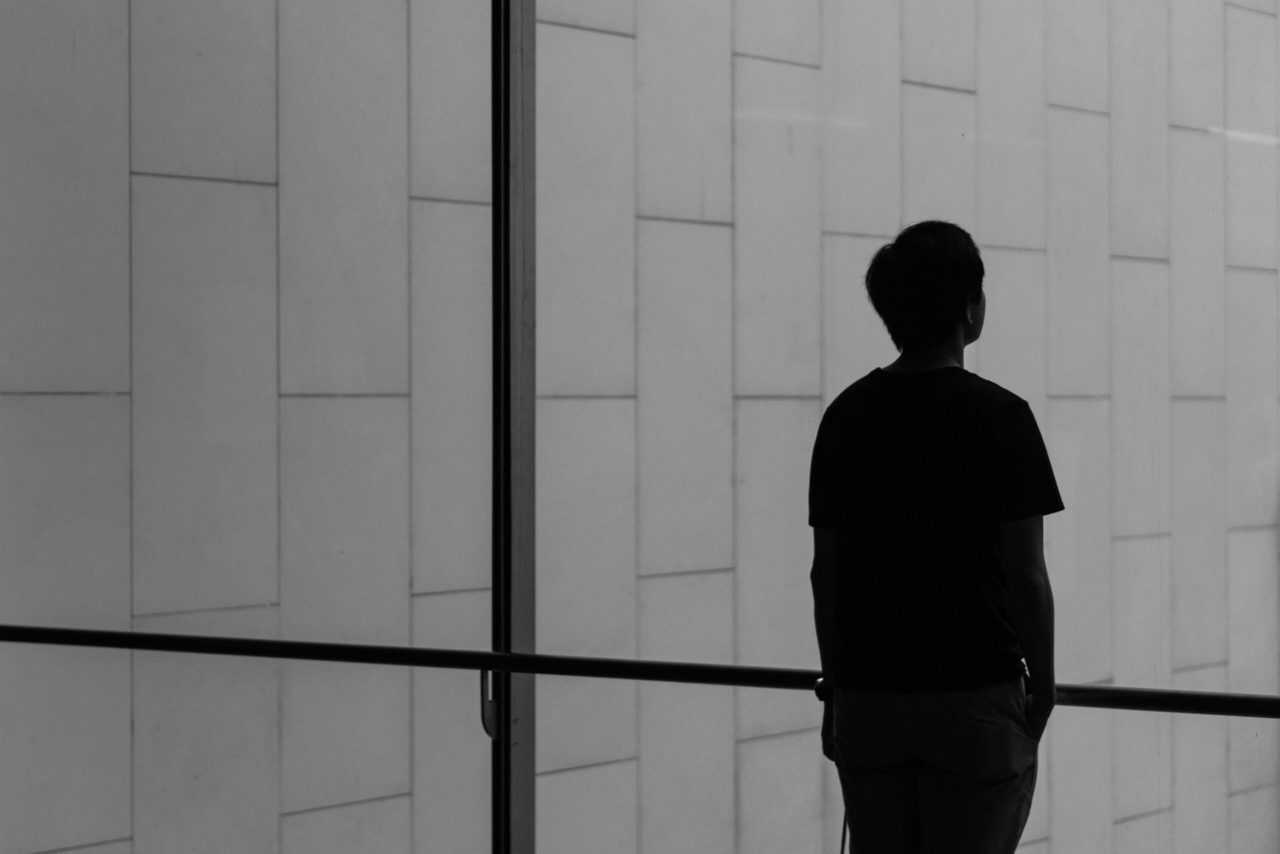
Contents
- Overview
- What Is Agoraphobia?
- Symptoms of Agoraphobia
- Types of Agoraphobia
- Causes and Risk Factors of Agoraphobia
- How Is Agoraphobia Diagnosed?
- Treatments for Agoraphobia
What Is Agoraphobia?
Considered both a type of anxiety and a phobic disorder, agoraphobia is an extreme fear of certain situations or places. Those who are affected will typically avoid places that might cause them to have a panic attack or that may make them feel afraid, helpless, embarrassed, or trapped.
Individuals with agoraphobia may avoid open spaces in which they feel no one could aid them if they encountered trouble. They may also avoid public transportation on which they may become trapped and unable to escape easily if an accident occurred. They typically enter these triggering situations only under specific circumstances—such as in the presence of a trusted companion—or endure them with intense fear or anxiety.1 Avoiding social situations is common in individuals with agoraphobia, who prefer to stay away from crowded areas such as shopping malls and movie theaters. If their agoraphobia is severe, they may even be too afraid to leave the perceived safety of their own home.
According to a recent study, about 1.5% of the population will experience agoraphobia, as defined by the current version of the American Psychiatric Association’s Diagnostic and Statistical Manual of Mental Disorders (5th edition; DSM-5), at some point during their lives.2 Agoraphobia can occur by itself or with another condition, such as panic disorder.
What Are the Symptoms of Agoraphobia?
Symptoms of agoraphobia are often classified as cognitive, physical, or behavioral.3
Cognitive symptoms of agoraphobia include thoughts and feelings that induce fears such as the following:
- being embarrassed in front of others
- losing self-control or control of bodily functions in public
- being separated from others or left alone
- becoming trapped and being unable to escape
- being stared at by others
- losing sanity or mental capacity
- dying from panic-attack symptoms
Because people with agoraphobia typically avoid situations that cause them distress, they may not experience physical symptoms regularly. Physical symptoms, when experienced, may be similar to those of a panic attack and may include the following:
- increased heartbeat
- hyperventilation
- excessive sweating
- agitation
- nausea
- dizziness or feeling faint
- difficulty swallowing
- chest pain or tightening
- hot or cold flashes
- shaking or trembling
- depersonalization
- flushing
- diarrhea
Behavioral symptoms typically involve avoidance. In addition to avoiding the places and events already mentioned, people with agoraphobia may also avoid some of the following:
- open spaces such as parking lots
- crowded places such as concert halls
- small or enclosed spaces such as elevators
- places that require standing in line
Individuals with agoraphobia may restrict their geographical range of movements to specific areas near their home. In extreme situations, people with agoraphobia may become housebound.
Types of Agoraphobia
Perhaps the most common distinction for those with agoraphobia is whether they experience it with or without panic disorder, which is a type of anxiety disorder in which an individual experiences panic attacks. Results of the National Comorbidity Survey Replication indicated that about 1.1% of the population will experience simultaneous agoraphobia and panic disorder at some point in their lives.4
People who have agoraphobia but do not have panic disorder may not experience full-blown panic attacks but are still likely to experience symptoms of anxiety and distress when exposed to certain situations. Many of those symptoms, especially physical ones, may resemble or feel like a panic attack to those who are affected.
Causes and Risk Factors of Agoraphobia
Researchers have not determined an exact cause of agoraphobia but believe that biological, environmental, and personality factors may all have an impact.
Biological/neurological factors may include the following:
- triggering of the fight-or-flight response in the absence of an actual threat
- underdeveloped spatial awareness
- imbalance in neurotransmitters
Additionally, women who are under the age of 35 and/or who have a family member with agoraphobia are more likely to develop this condition.5 Some people develop agoraphobia related to places where they have had negative experiences in the past. Having a co-occurring mental health condition, such as another anxiety disorder, additional phobias, depression, or a substance abuse disorder, may also increase one’s risk of having agoraphobia.
How Is Agoraphobia Diagnosed?
Before someone can be diagnosed with agoraphobia, a medical examination is required to rule out physical conditions that may cause similar symptoms. This can involve a physical examination, which includes discussing symptoms and family medical history. Blood tests or other diagnostic tools may be used to determine if symptoms are caused by another health problem or by substance abuse.
Once a physician rules out underlying conditions and substance abuse, a client’s symptoms must then meet the criteria listed in the current DSM in order to be diagnosed with agoraphobia. The individual must experience extreme fear or anxiety in two or more of these situations:6
- using public transportation
- being in open spaces
- being in enclosed or crowded spaces
- standing in line
- being outside of the house alone
Further, the onset of symptoms must occur immediately after a person is exposed to triggering situations, the fear must be disproportionate to the danger involved, any avoidance behaviors or distress must be disruptive and affect the person’s quality of life, and the symptoms must be present for at least 6 months.
Treatments for Agoraphobia
Many people with agoraphobia experience improvement with treatments. Treatments primarily include psychotherapy, medication, and holistic and complementary therapies. Some people with the condition may require a combination of treatments.
Psychotherapy for Agoraphobia
Cognitive Behavioral Therapy (CBT)
In Cognitive Behavioral Therapy (CBT), a counselor helps a person identify the unrealistic thoughts and feelings associated with agoraphobia while providing healthier ways of thinking. Additionally, the counselor helps the client develop coping mechanisms to deal with situations that produce anxiety or irrational fear. CBT actually changes the way the brain works to provide sustainable results for many people.
Exposure Therapy
Exposure therapy works by gradually exposing the client to stressful places and situations in a safe environment to help them overcome their fear. This can occur in four ways:
- Imagined. A counselor directs the person to imagine the situation that elicits fear.
- Interoceptive. The client is induced to experience-related physical symptoms in a safe environment.
- In vivo. Using real-world exposure, this method requires the client to go to a place that causes distress and will slowly increase the time of exposure.
- Virtual. With the assistance of virtual reality technology, the person is able to feel as if they are experiencing real-world scenarios from a safe place.7
Medications for Agoraphobia
Medications are often used to reduce anxiety and related physical symptoms that can occur with exposure to places or situations that cause distress. Types of medication that have been shown to be effective for agoraphobia are antidepressants and benzodiazepines.8 These medications reduce anxiety, tension, and stress; prevent panic attacks; and lessen physical symptoms.
Holistic and Complementary Therapies for Agoraphobia
Holistic and complementary therapies that include stress and relaxation techniques, meditation, yoga, or acupuncture may be helpful in reducing symptoms of agoraphobia.
Studies have shown that among individuals with agoraphobia who receive evidence-based treatment or a combination of therapies, about half show an improvement in symptoms, and up to one third experience a complete amelioration of symptoms.3










